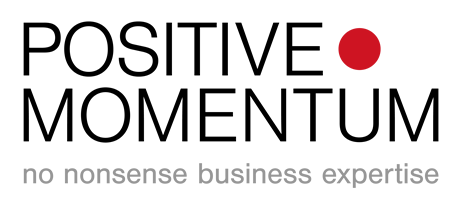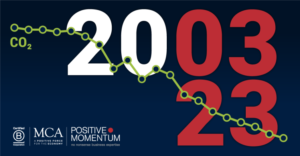No-one’s going to deny it’s a been a weird year so far – no matter your circumstances. Rollercoasters spring to mind, and in fact this one is the Kubler-Ross change curve.
While we as individuals have been riding our own rollercoasters, so has the country as it deals with the pandemic, and so have businesses as they seek to adapt.
The problem at the moment is that we have no idea when the rollercoaster is going to stop, because in the mid term at least, there’s no surety that ‘things will get back to normal.’
I don’t even believe there’s a ‘new normal’ or a ‘next normal’.
Welcome to ‘now normal’.
It’s a world where change is the only constant, and at a pace not widely experienced before: 3 months after a whole swathe of drastic changes to how we live, work and relax, the rules are changing again, and you can be pretty sure they will continue to flex as the pandemic progresses – for better or for worse. Look at 16 states in the USA, and Leicester, here in the UK, where restrictions are being re-imposed.
So here are 3 ways to take on the ‘now normal’:
1. Take this opportunity for a radical rethink.
Friends at Salesforce talk about ‘Stabilise, Re-open, and Grow‘. By now, most businesses have had to adapt to the initial shock of the pandemic-induced lockdown.
If you accept that this is just the beginning of the rollercoaster, then now’s the time to build on the new prototyped ways of working you’ve developed to stabilise and get this far, and turn them into a fundamentally different operating model, for future growth. Ask some really challenging questions of your organisation: what’s better about how we’ve changed so far, and are our legacy systems and structures fit for the ‘now normal’? I’ve spoken recently to teams who have had to invent new workflows with new tools which circumvented corporate IT structures unable to handle scaled remote access. In the next year’s rollercoaster ride, remote-working is likely to be a much bigger part of the working week’s mix, so how does that change how you organise yourselves physically and structurally?
2. Accelerate digitally.
Everywhere in society and the marketplace, the adoption of digital tools and workflows has surged since COVID, catapulting companies further down their digital transformation journeys in 6 months or less than many had achieved in 6 years. The more you had invested in digital up to now, the bigger your head start.
But if you hadn’t made much headway before COVID, the likelihood is that it’s forced you to think digital. Don’t stop now – accelerate! And while it might feel scary, the beauty of this high velocity post-industrial digital economy is that you can be a new entrant and leapfrog the competition with right proposition and thinking. In the FT’s 2020 list of the 1000 fastest growing companies in Europe, only one of the top 3 is among the 268 to appear in 2019’s list.
3. Get more flexible – get comfortable with being uncomfortable.
The key to surviving the ‘now normal’ is to not only accept that change is the only constant, but actively embrace it, and that means we all need to get flexible.
The last few months have given us all an opportunity to prototype our response to the ‘now normal’, but the end of the rollercoaster is not even close, so the agility required to get this far will be a staple for the future. Yes, it’s uncomfortable, but acceptance of the ‘now normal’ requires us to get comfortable with that discomfort.
Be prepared to review and revisit your set-up, make changes & adjustments as necessary.
You will need your team on the rollercoaster with you, but to get them on board and help them get comfortable with discomfort, you’ll need to understand that they are on their own personal rollercoasters. Read Ashley Blackmore’s article on Empathy, and Karen Taplin’s piece on mindful leadership








